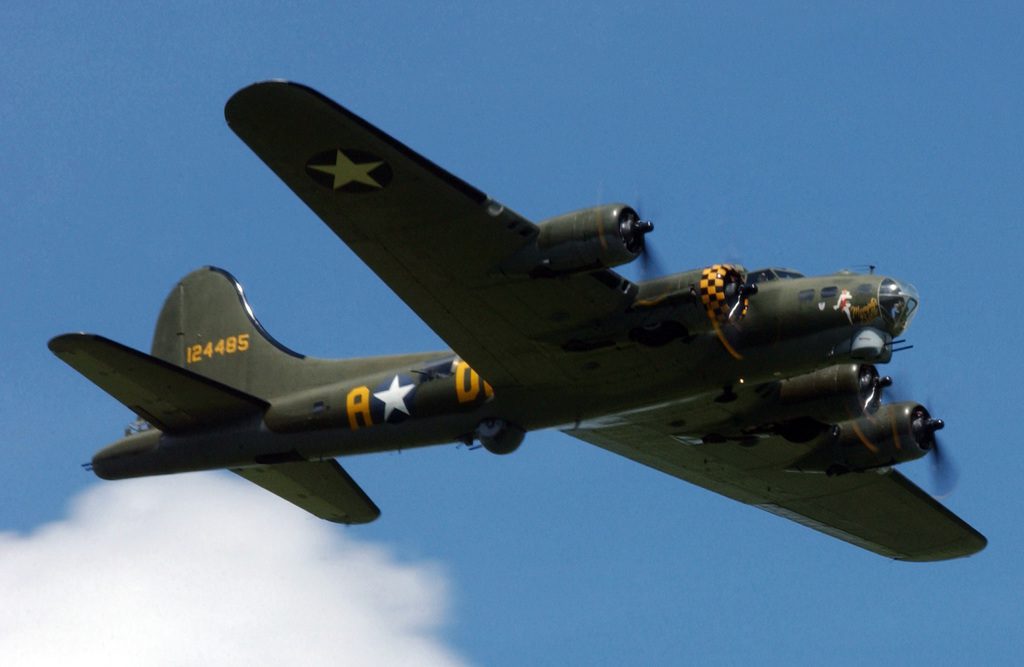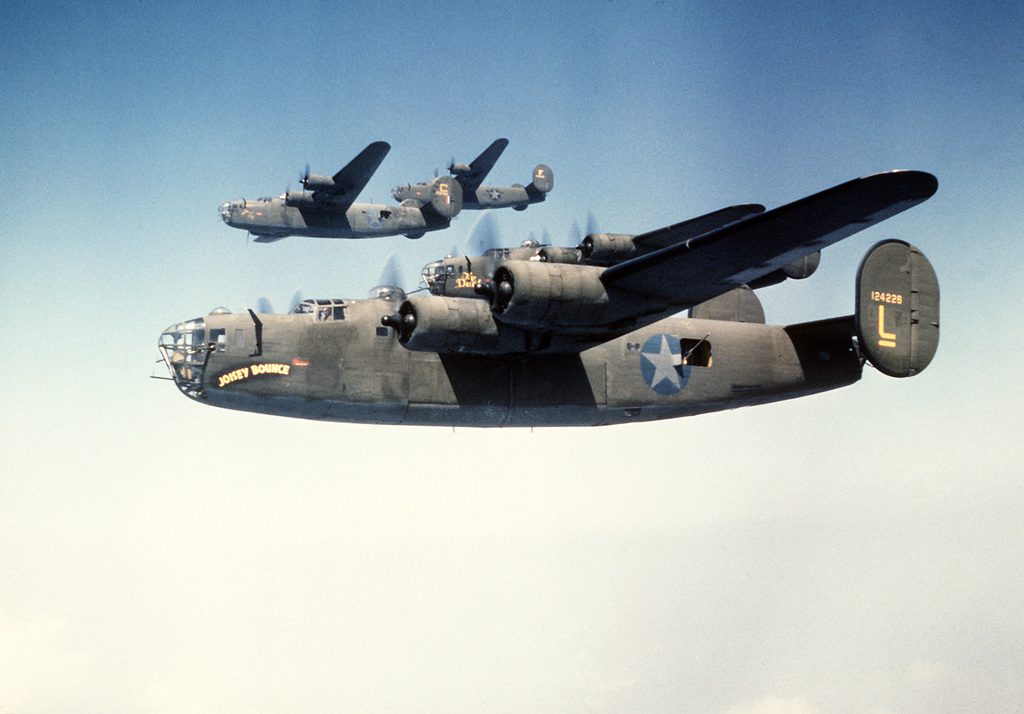WWII B-17F Bomber Crashes in Randolph, Vermont
During World War II, Vermont's rugged terrain and mountainous landscape became the site of several tragic plane crashes. These incidents, though little known today, offer a glimpse into the perils faced by aircrews during the war. At least two U.S. Army Air Corps bombers crashed in Vermont during World War II
On June 27, 1943, a B-17 Flying Fortress bomber en route from Nebraska to Maine crashed into Fish Hill in Randolph, VT. Seven of the crew managed to bail out but three died in the crash.
The Story Behind the Randolph Crash

Historical researcher Todd Griswold uncovered new details about the June 1943 crash of a B-17F bomber nicknamed “Small Arm” in Randolph, Vermont. The crash killed three U.S. airmen and fueled speculation of sabotage. However, Griswold determined human error to be the cause after finding physical evidence and documents about the flight.
Specifically, Griswold learned the co-pilot erroneously set the engine intercoolers too high during the flight, causing overheating issues. This resulted in engine failure and detonation. With only two working engines, the crew was forced to bail out or attempt an emergency landing. Seven crew members parachuted to safety, but three stayed on board hoping to land the plane, which ultimately crashed into trees.
Griswold sees his work as honoring the airmen who perished. He recovered personal artifacts from the wreckage, which are now displayed at the Randolph Historical Society Museum. While sabotage theories persist about the “Small Arm” crash, Griswold helped uncover the real events of that tragic June day in 1943.
B-24 Liberator Bomber Crashes on Camel's Hump Mountain

On October 16, 1944, a U.S. Army Air Force B-24 Liberator bomber crashed into Camel's Hump Mountain in Vermont during a training flight from Westover Field, Massachusetts to Bangor, Maine. The crash occurred around 9:15pm on the west side of the mountain's summit due to a navigational error by the pilot who mistook the mountain for another landmark.
The B-24 carried a crew of ten, but only one survivor, Aerial Gunner James W. Wilson, who parachuted from the plane before impact. Wilson spent two nights in the cold before being rescued by Civil Air Patrol members. The other nine crewmen – Pilot David E. Potter, Co-Pilot John J. Ramasocky, Navigator Robert W. Geoffrey, Bombardier David C. McNary, Engineer Luther N. Hagler, Radio Operator James Perry, Ball Turret Gunner Robert E. Denton, Tail Gunner Richard C. Wynne, and Nose Gunner Casper Zacher – were all killed.
Solemn Reminders of Sacrifices Made by Those Who Served
These WWII plane crashes in Vermont's wilderness underscore the immense challenges and dangers faced by aviators during the war. The remote crash sites, difficult terrain, and lack of resources at the time made recovery and investigation efforts arduous. Today, these incidents serve as solemn reminders of the sacrifices made by those who served in the air during the conflict.
Today a memorial plaque and wing section from the crashed B-24 can be found at the site, which is now accessible by hiking trails.
Thank you for reading this post, don't forget to subscribe to our email list for the latest news!





